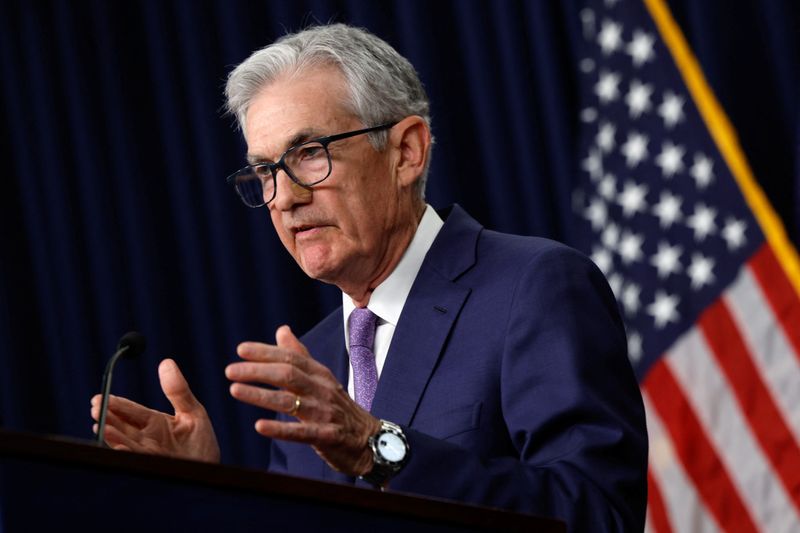Follow us on LinkedIn
Exchange Traded Funds (ETFs) have undeniably transformed the financial industry, providing investors with unprecedented ease of access to diverse portfolios. However, their impact on the market isn’t uniformly positive. The surge in ETF popularity has raised concerns about potential distortions and increased market fragility. Critics argue that the sheer size and speed of ETF trading might exacerbate market volatility, especially during periods of stress. While ETFs offer advantages in terms of liquidity and cost, their rapid growth prompts a closer examination of their effects on market dynamics and the potential challenges they pose to overall financial stability.
Reference [1] proposed breaking down the impact of volatility and commodity ETFs into three main components: calendar rebalancing, flow rebalancing, and leverage rebalancing. The author pointed out,
The paper also provides a novel decomposition of ETF demand into three main components: calendar rebalancing due to futures roll, flow rebalancing due to fund inflows and outflows, and leverage rebalancing due to the maintenance of a constant daily leverage. The framework is flexible to accommodate various types of ETFs, including equity and fixed income ETFs. Leverage rebalancing has the largest impact on the price gap. This type of ETF trading amplifies price changes and introduces unhedgeable risks for ETF counterparties, exposing them negatively to variance.
The results from this research show that ETFs affect prices of underlying assets in the current era of an increasingly large ETF presence. While ETFs can increase liquidity and trading volume by attracting new capital, they also withdraw liquidity during extreme market times. These effects could be magnified if ETFs were used by unsophisticated, short- horizon investors. The termination of the largest inverse VIX ETF in 2018 and the extreme events and ETF closures in the oil market in 2020 are prominent examples of such effects.
In short, leverage rebalancing is the most impactful factor on ETF-related price components. This particular rebalancing process not only magnifies price changes but also subjects ETF counterparties to increased exposure to volatility.
Let us know what you think in the comments below or in the discussion forum.
References
[1] Karamfil Todorov, When Passive Funds Affect Prices: Evidence from Volatility and Commodity ETFs, Review of Finance, November 2023
Further questions
What's your question? Ask it in the discussion forum
Have an answer to the questions below? Post it here or in the forum





Storms moved into Indiana and Michigan later Monday night, prompting additional alerts including multiple tornado warnings in Indiana.